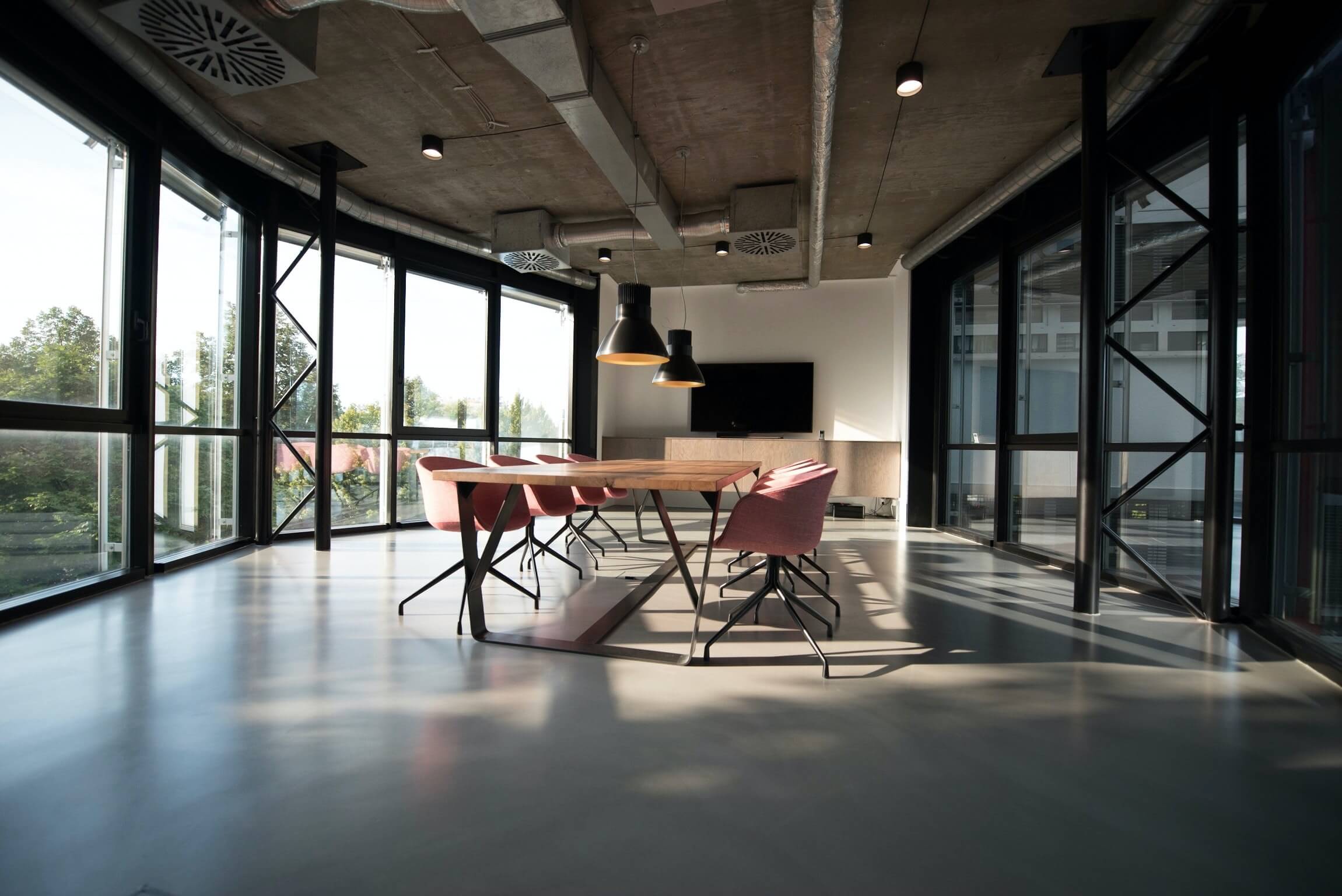Workers who suddenly have access to a larger national labour market may benefit from the expansion of remote employment; yet, this trend has resulted in many office-heavy corridors of city downtowns being left almost entirely vacant.
There is a possibility that certain cities in the United States that are abundant in specialised white-collar workers, such as New York, San Francisco, and Washington, D.C., will be left with permanently suppressed demand for office space and high apartment rents, both of which will force newly virtual workers to relocate to the suburbs.
Repurposing commercial corridors for mixed or residential use is an attractive alternative for cities that are currently experiencing sluggish office markets. This presents an opportunity to put unused office space on valuable property to better use while also reducing the strain on urban housing shortages.
These office-to-residential conversions will be unavoidable in a world following the epidemic if as many as forty percent of office workers in cities such as New York eventually work from home in the aftermath of the pandemic. However, conversions of office space will not take place on their own unless towns make a concerted effort to bring down the cost of doing so.
Conversions are typically cumbersome and expensive, particularly for postwar buildings that have huge floor plates. The typical layout of a contemporary office building is one that is expansive and packed with offices that lack windows, storage spaces, and elevator shafts.
Converting structures with large footprints into flats will result in long, dark units due to the need that apartments have natural light. Because of the depth of some buildings, the only practical method of conversion for those structures is to create an inside courtyard. Additionally, taking out or redirecting existing heating, ventilation, and air conditioning (HVAC), plumbing, and electrical systems to individual housing units is an expensive and time-consuming endeavour.

